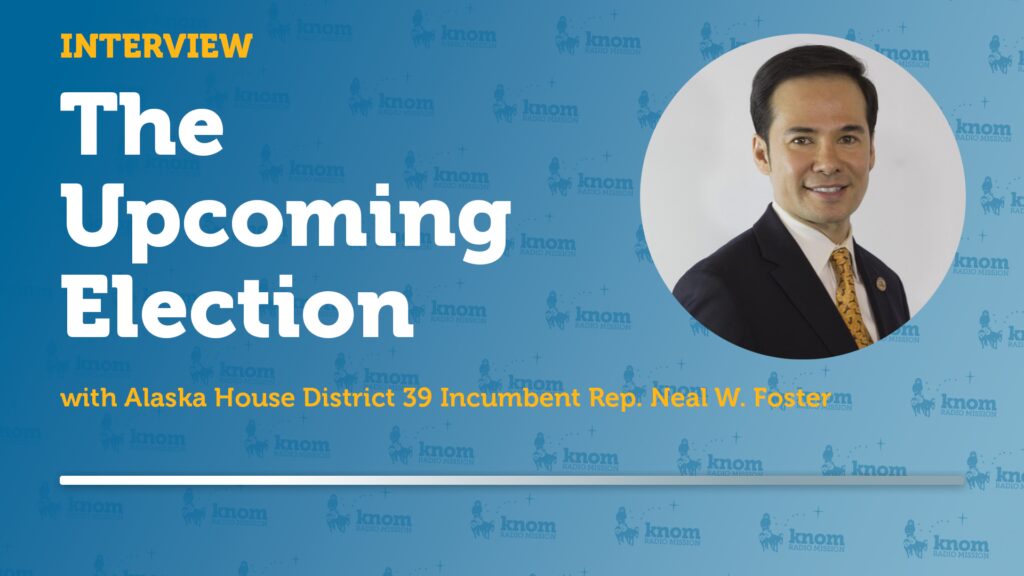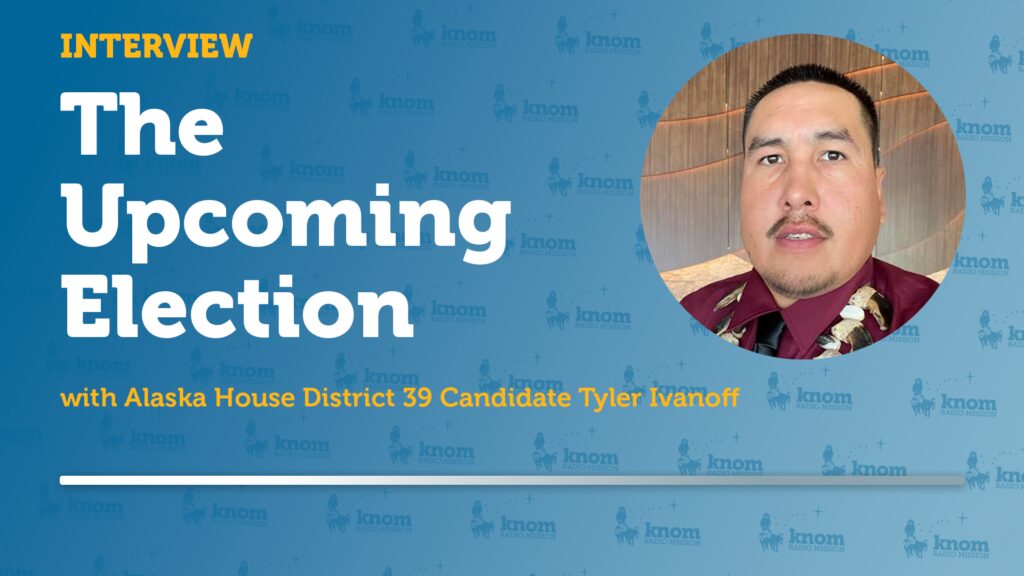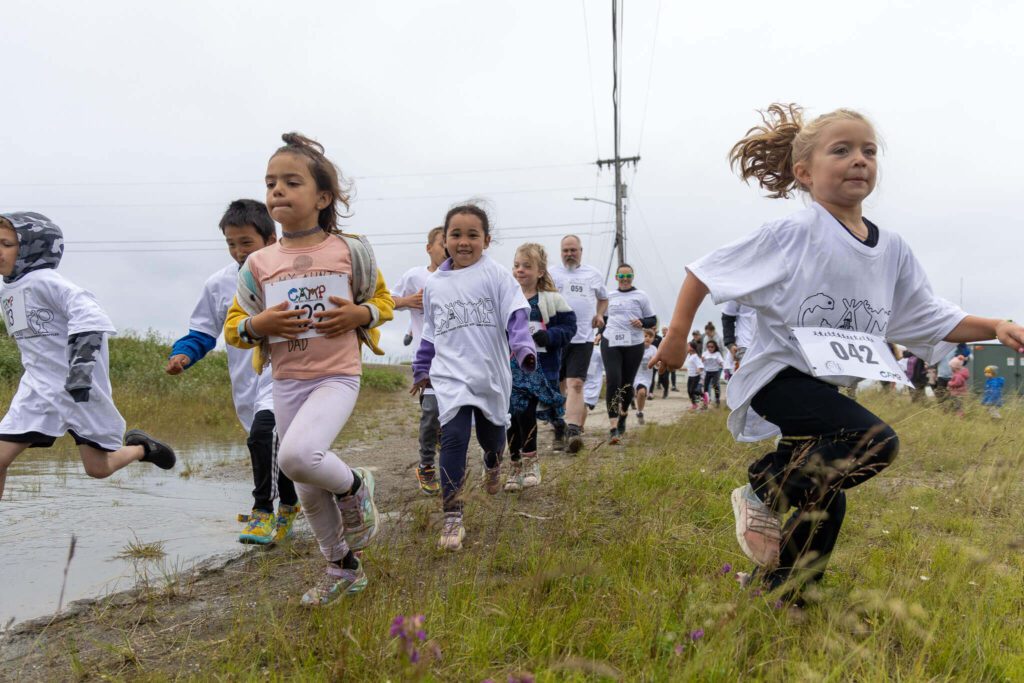Nome’s $19 million Richard Foster Building is moving gradually forward, and while the building’s skeleton on Steadman and 7th Avenue begins to bulk up, what’s inside the building is still being solidified. The project is slated to be finished in March or April of 2016, and will house the Carrie M. McLain Museum, Kegoayah Kozga Library and Kawerak’s cultural center.
The museum, at 3,000 square feet, will occupy the largest gallery of the building when it moves from its current location on Front Street. And Public Architecture contracted designer Scot Geib said there are two main pieces to consider: the physical structure—like the layout of the exhibits and the style of displays—and the content of the museum…which occupied much of last week’s discussion at the three public meetings in Nome.
“What we’re trying to do is facilitate your stories in this museum. We’ve broken up the stories into six themes that hopefully highlights and covers the main things that we want to talk about within the museum and communicate to the community, who we have identified as the primary audience,” said Geib.
Lining the walls of Old St. Joe’s was a color-coded schematic highlighting those six themes: Edge of the World; Leaisure, Arts & Play; Work; Communications; Shelter; and Food. Filling in those categories with a finite number of stories, artifacts and perspectives has proved a challenging feat. Geib said when he’s worked on museums for small communities in the past, it’s been hard to find enough stuff to put in them. But here in Nome, he said the rich history and complex stories are overflowing.
The public meetings became elaborate story-telling sessions, with Nome residents explaining pieces of the past, and the museum designers trying to fill in the gaps. While discussing subsistence, Cheryl Thompson and Sue Steinacher helped to parse out the salmon crash of the 90s, exemplifying the difficulty of boiling stories down to fit in an exhibit.
“The cause of that crash was overfishing?” asked the designer.
“There’s no solution,” said Thomson, and Steinacher added, “It’s a big controversy and it still goes on. I think there’s no one single thing.”
Though it’s not easy, the designers have been meeting with many Nome-ites to collect as many pieces of the puzzle as possible. While in town, they talked with the museum and library commission, members of Sitnasuak, King Islanders and even students from Anvil City Science Academy. Geib said they’re designing the museum to be flexible—with exhibits that can rotate to keep the primary audience, Nome residents, engaged. But with a little over a year until completion, many questions still remain…like the one posed by City Planner Eileen Bechtol:
“So, the museum is supposed to be about showcasing the past, right? And not so about the current? Or, I guess, both…” she asked, with the designers responding that they’re still figuring out that answer.
And that’s not the only balancing act within the Richard Foster Building…there’s also the dynamic between the museum and Kawerak’s regional component, tentatively named the Beringia Center. Amy Russell-Jamgochian is its project director, and explained that there might be some overlap with the museum’s Native culture exhibits. However, she said, that doesn’t diminish the importance of telling Native history in the museum.
“I think it’s extremely important that you are working to integrate that history into the history of Nome. That’s extremely important. You have a very rich, amazing collection, and all these stories need to be told,” said Jamgochian. “We’re not trying to compete with you. And I think I have to learn first what you’re doing because we’re not there yet.”
The contracted designers said they will continue refining their schematic based on feedback from the community. And City Manager Josie Bahnke said the city is currently negotiating the final price for construction of the building, which will be presented to the city council in early 2015.









